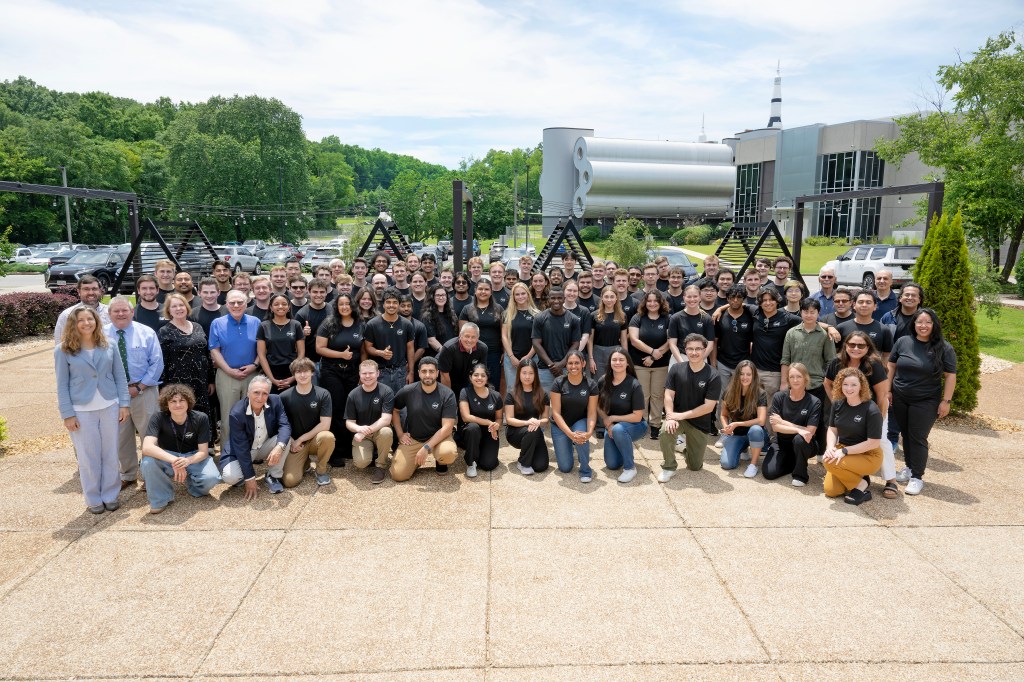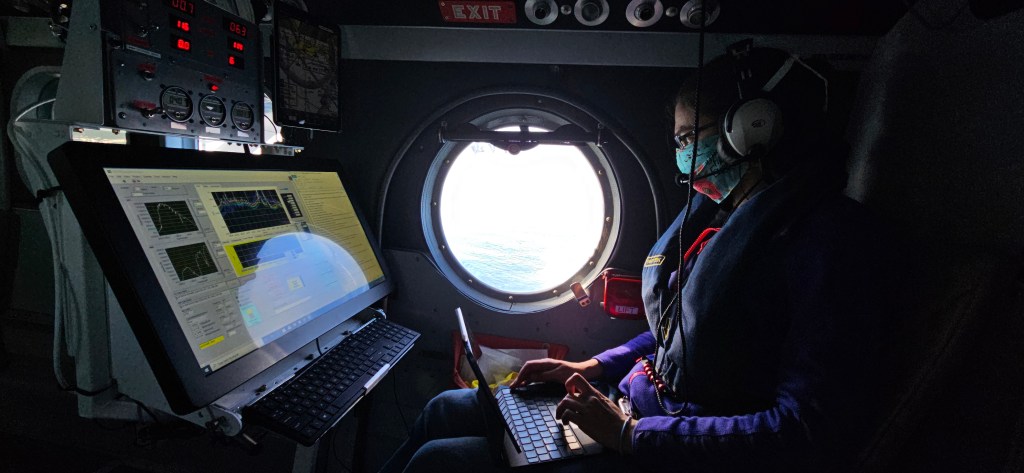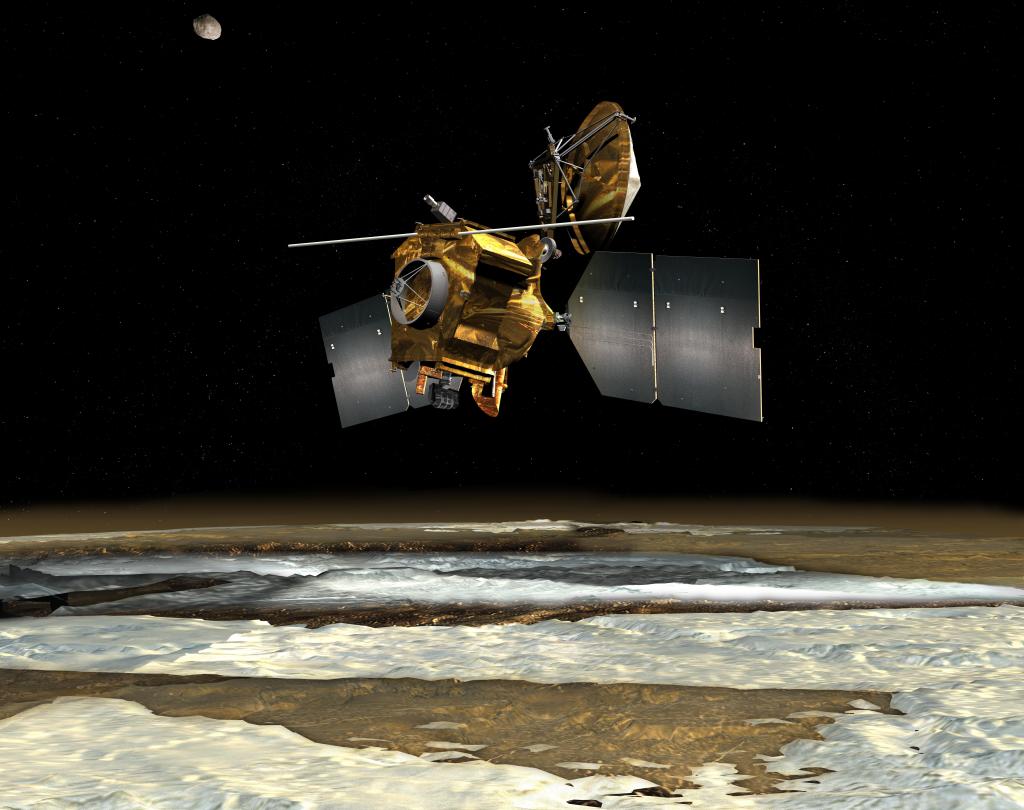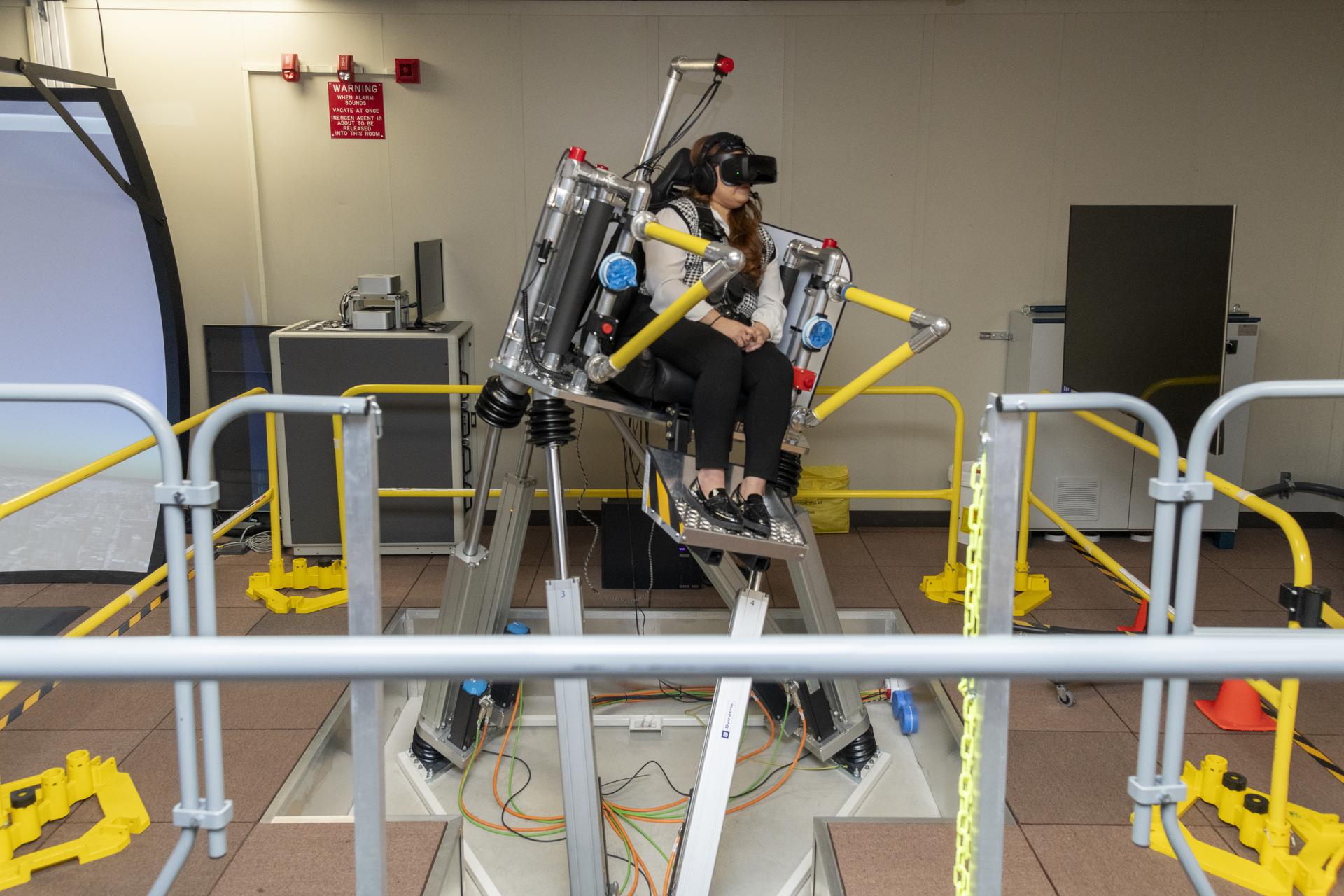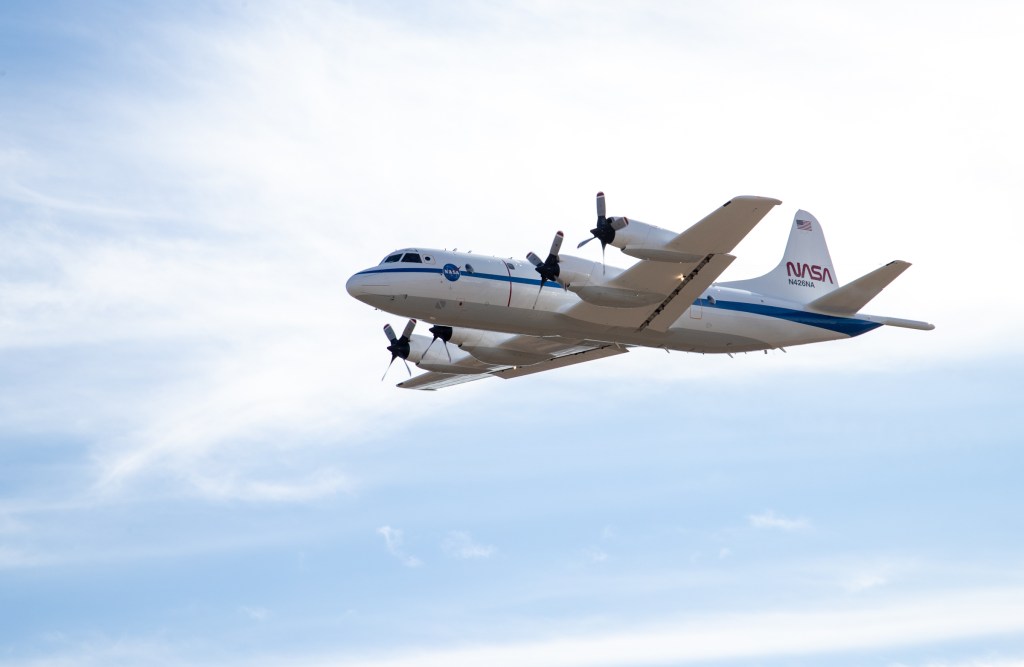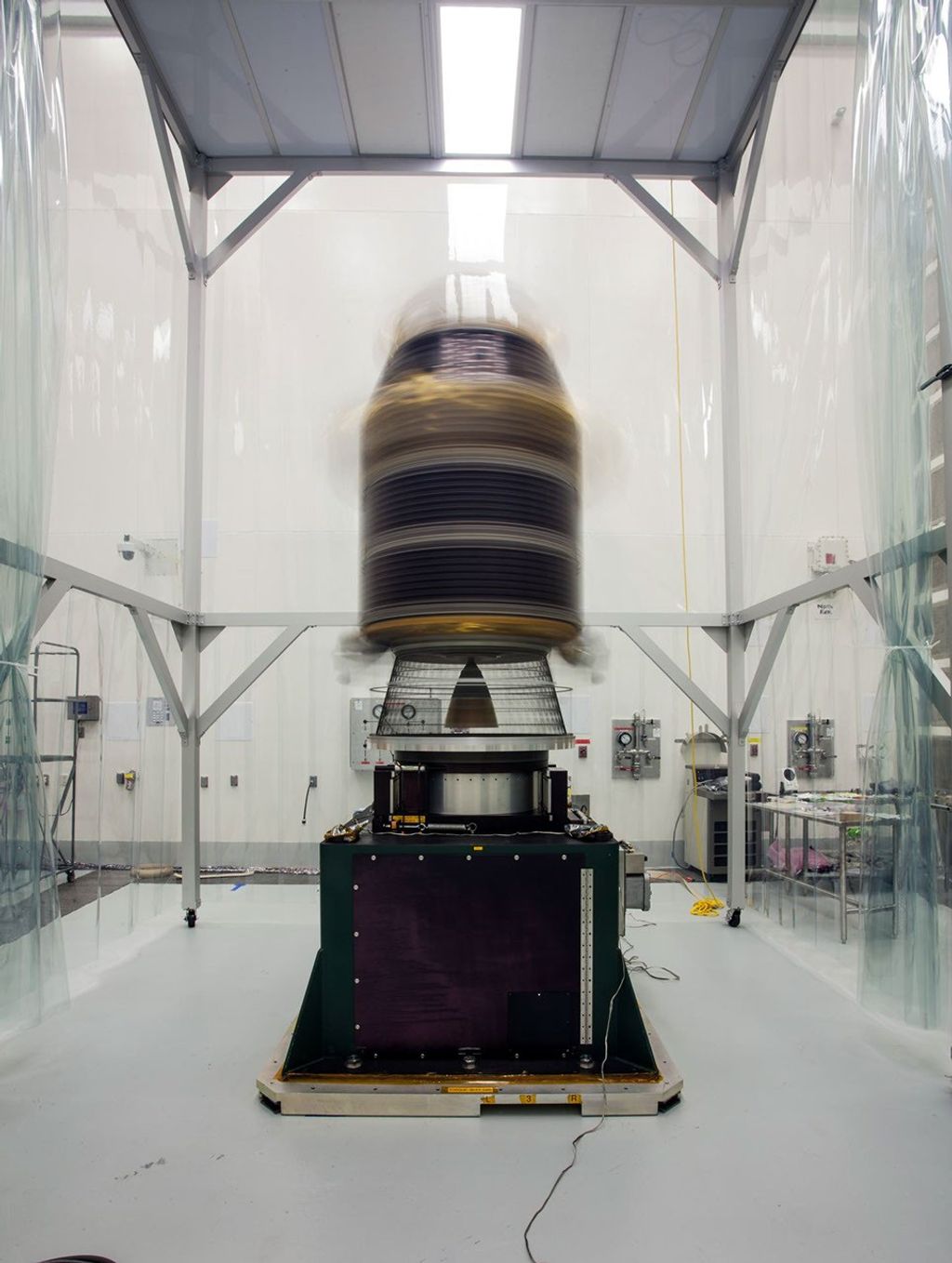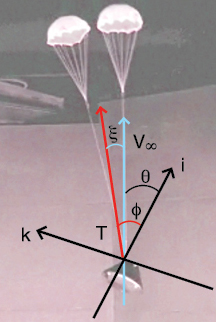Problem: In 2010, NASA successfully flew the Pad Abort-1 (PA-1) test flight that demonstrated the ability of the launch abort system to perform a pad abort and safely recover the Orion crew module (CM). During this flight, many vehicle and flight performance parameters were measured, including the ability of the parachute system to damp and otherwise arrest the vehicle’s motion to ensure a safe recovery of the spacecraft and its astronauts. The parachute performance was predicted by project engineers prior to this test flight. Post-flight analysis of the data showed the flight-observed damping to be higher than preflight predictions. The free-flight data acquired in the LaRC Vertical Spin Tunnel (VST) also showed higher damping similar to what was seen in the flight data.
NESC Contribution: A group of former Apollo aerosciences experts teamed with the NESC and Orion Multi-Purpose Crew Vehicle (MPCV) Program personnel to study the CM drogue damping issue. This team reviewed the parachute performance prediction methods employed by the project and evaluated the wind tunnel test and PA-1 flight data. The team also reconstructed the prediction techniques used by the Apollo Program to predict drogue parachute performance. The flight and wind tunnel data were analyzed and compared with predictions performed using the Apollo legacy methodology, and the data were found to be in agreement.
Result: The Apollo legacy methodology has been recovered and adopted by the Orion MPCV Program for their drogue parachute performance predictions. The NESC team also formulated additional VST testing to acquire necessary data for the legacy method to further validate its applicability and refine Orion CM drogue parachute performance predictions.
Lesson Learned: NASA continues to identify engineering methods and practices developed during the early human space flight programs that are useful in predicting present vehicle performance and understanding new data. The recovery and documentation of these techniques are critical to mission success and efficient engineering design.
2 min read


